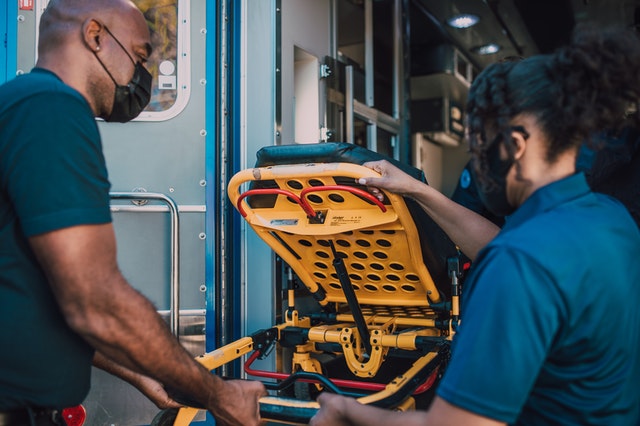Home » News » 2023 » September
News Brief
Sept. 21, 2023 |
By: Mark Moran - Public News Service
Rural Iowa declared 'ambulance desert'

By Mark Moran - Public News Service
People in rural America are five times as likely to live in so-called "ambulance deserts," areas far from an ambulance service or station, than those in urban areas.
In rural Iowa, ambulance service has declined as the population dwindles. The study, from the Maine Rural Health Research Center, said half of those living in ambulance deserts are in rural areas, more than 25 minutes from an ambulance station.
Keokuk, along the banks of the Mississippi in eastern Iowa, has seen its population shrink to fewer than 10,000, with a sharp decline in ambulance service.
Cole O'Donnell, city administrator, said the situation got worse when officials were forced to close the local hospital.
"It frightened a lot of people," O'Donnell recounted. "I know that we have older people that moved out of Keokuk to someplace closer to a hospital. You know, they had health problems and if something happened, they couldn't wait those extra minutes, or even the extra minutes of getting them from Keokuk to a hospital."
In addition to trying to bolster county ambulance service, O'Donnell noted Keokuk is working to help reopen the local hospital as a federally designated Rural Emergency Hospital, which requires the facility to provide emergency services and outpatient care 24 hours a day, 7 days a week.
Emergency medical service is not considered essential in rural America, and the federal government does not fund it. Volunteers form the backbone of E-M-S operations in many areas, including Iowa. But O'Donnell acknowledged in Keokuk, times have changed. It is hard to find paramedics and emergency medical technicians, let alone people who do not get paid to do those jobs.
"When I was growing up in the '70s and the '80s, my mom was even part of the first responders," O'Donnell explained. "You can't even get first responders now to set up a service where they respond before the ambulance gets there, because nobody wants to volunteer anymore."
While about 14% of Americans live in rural areas, the report shows they make up more than half the population living in ambulance deserts.
![]()






